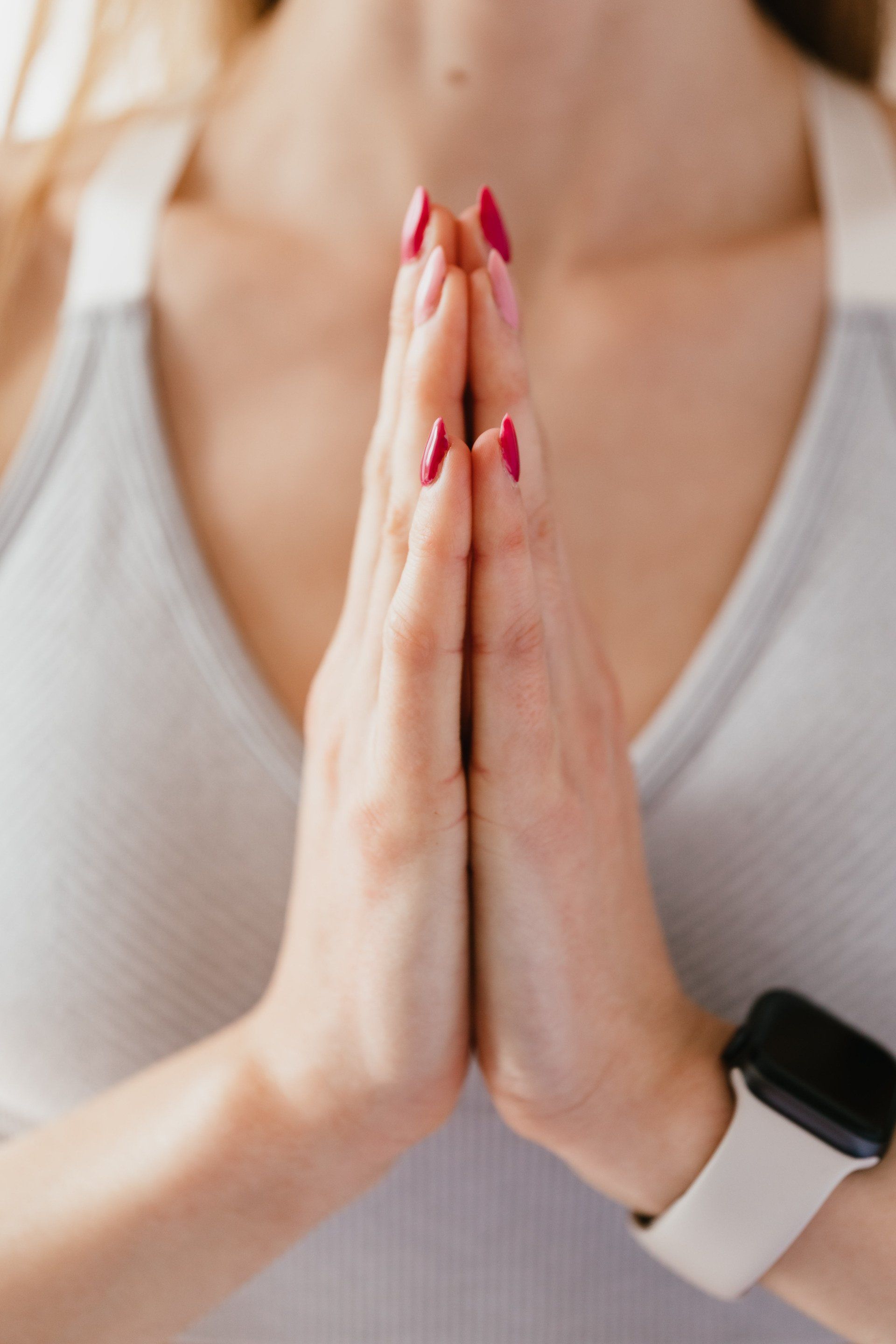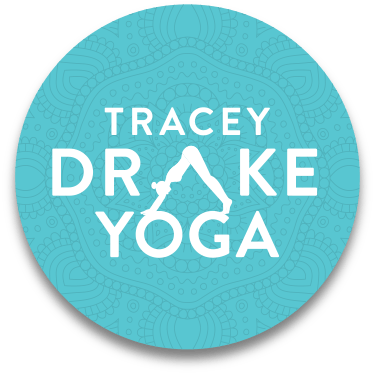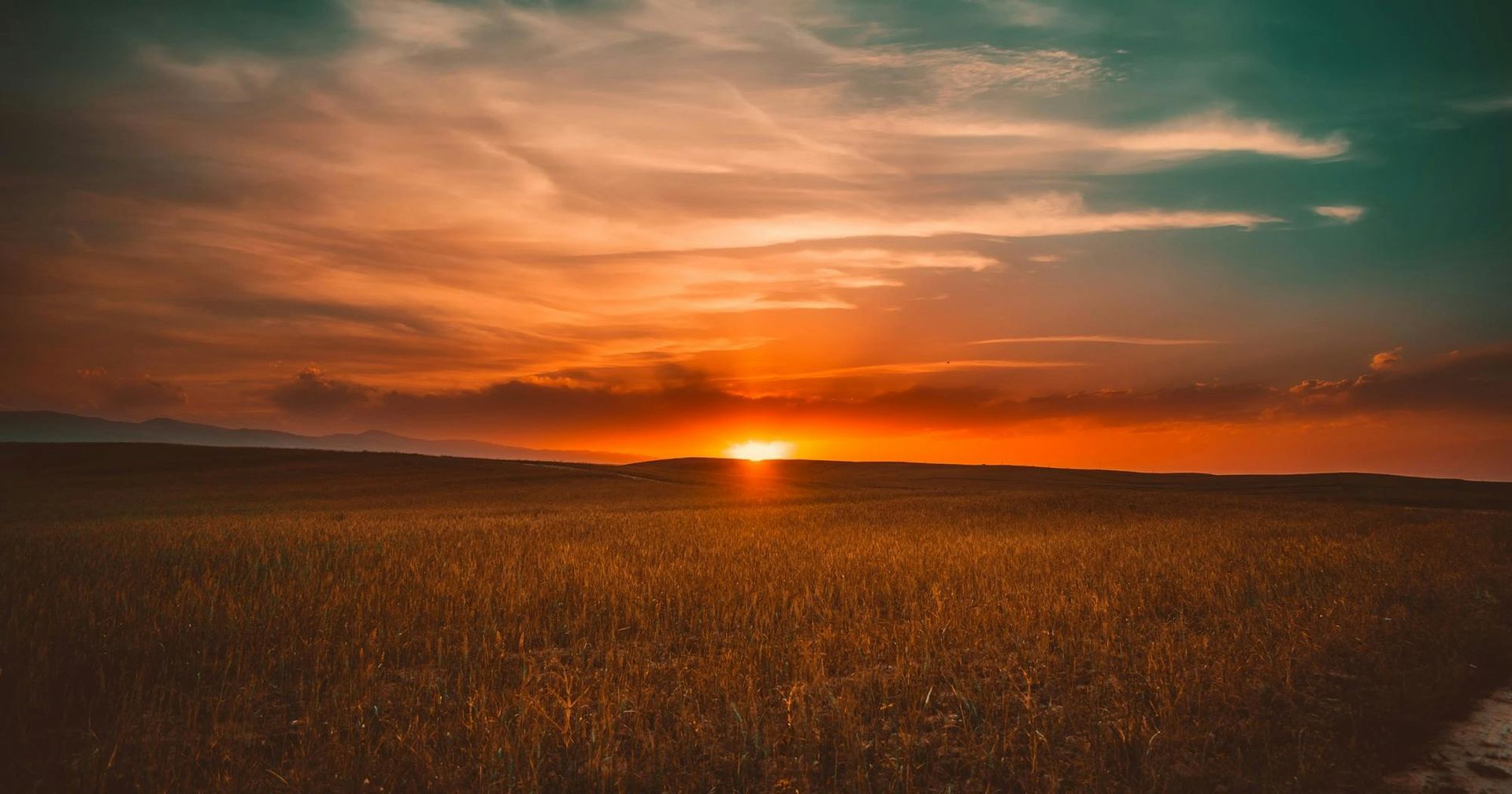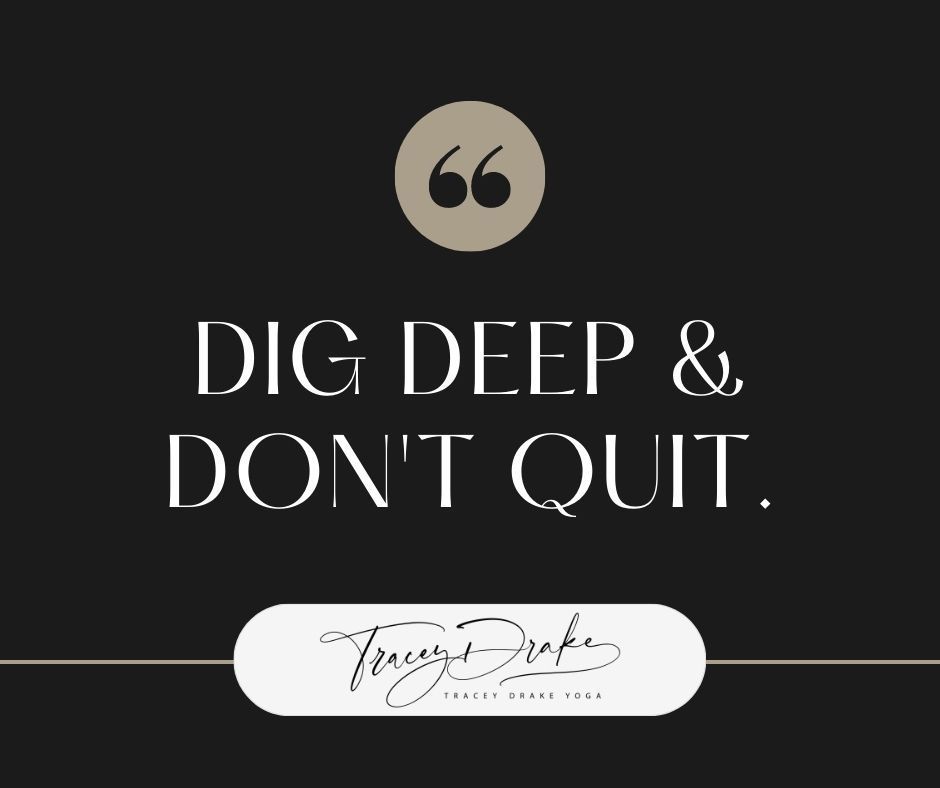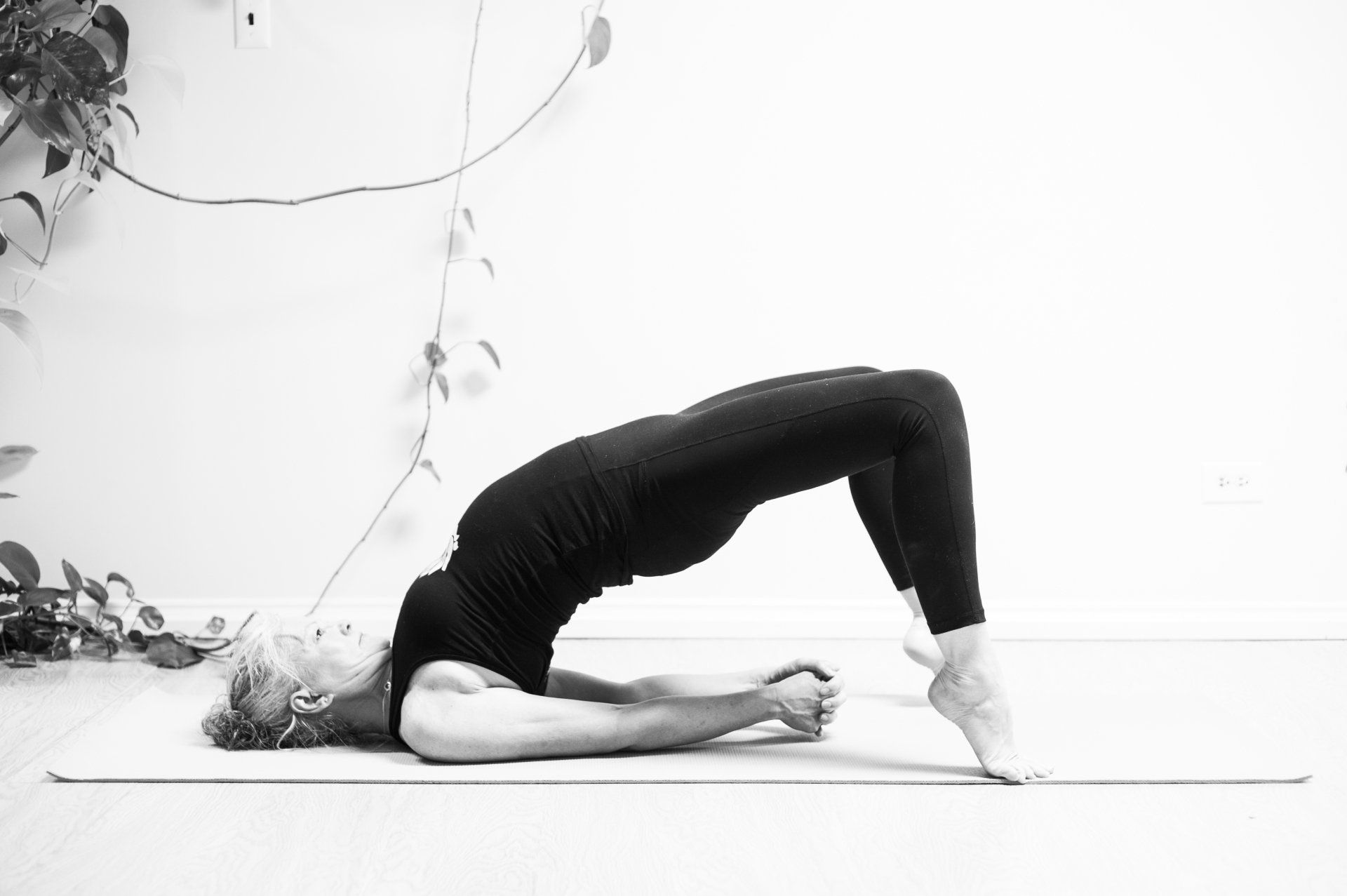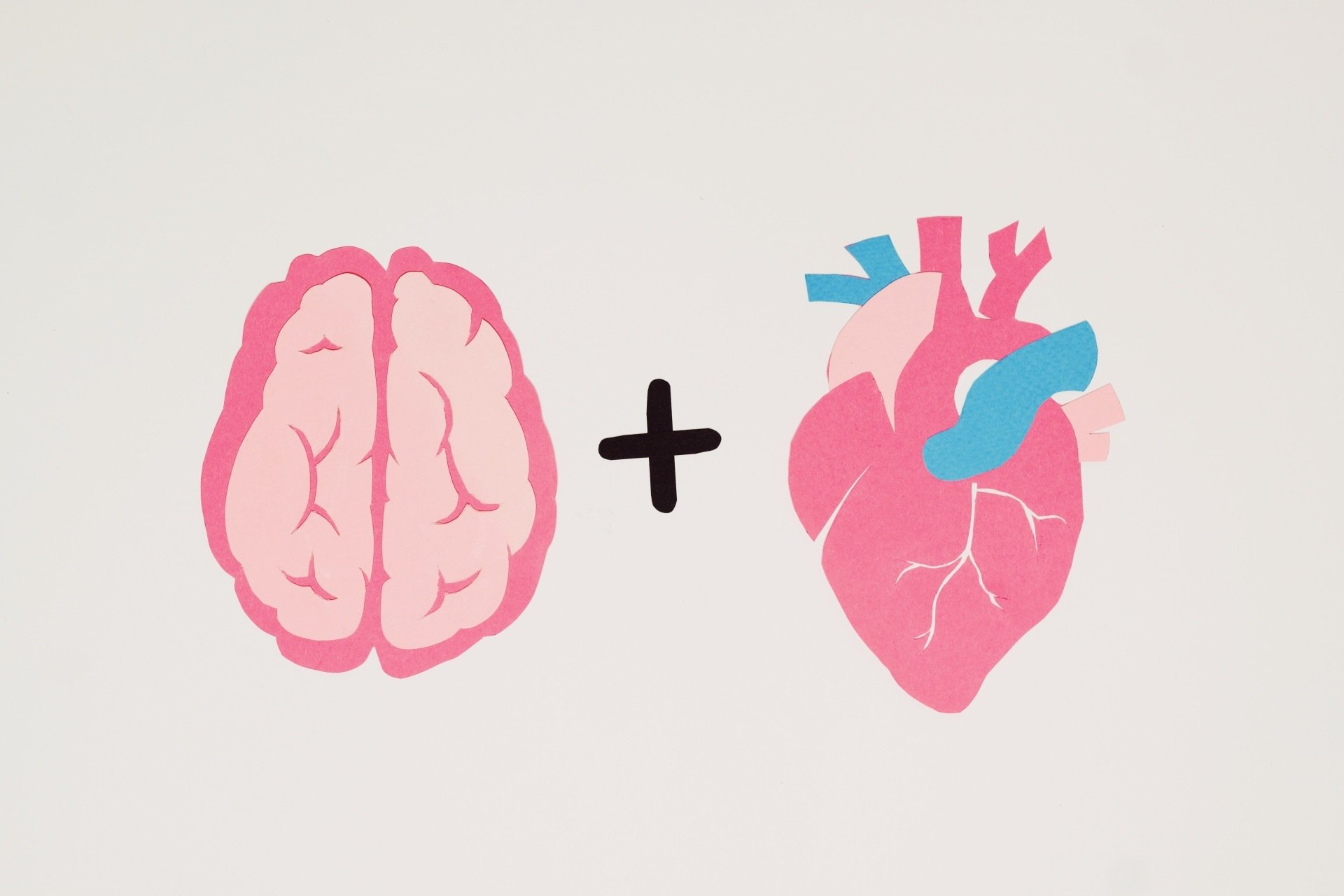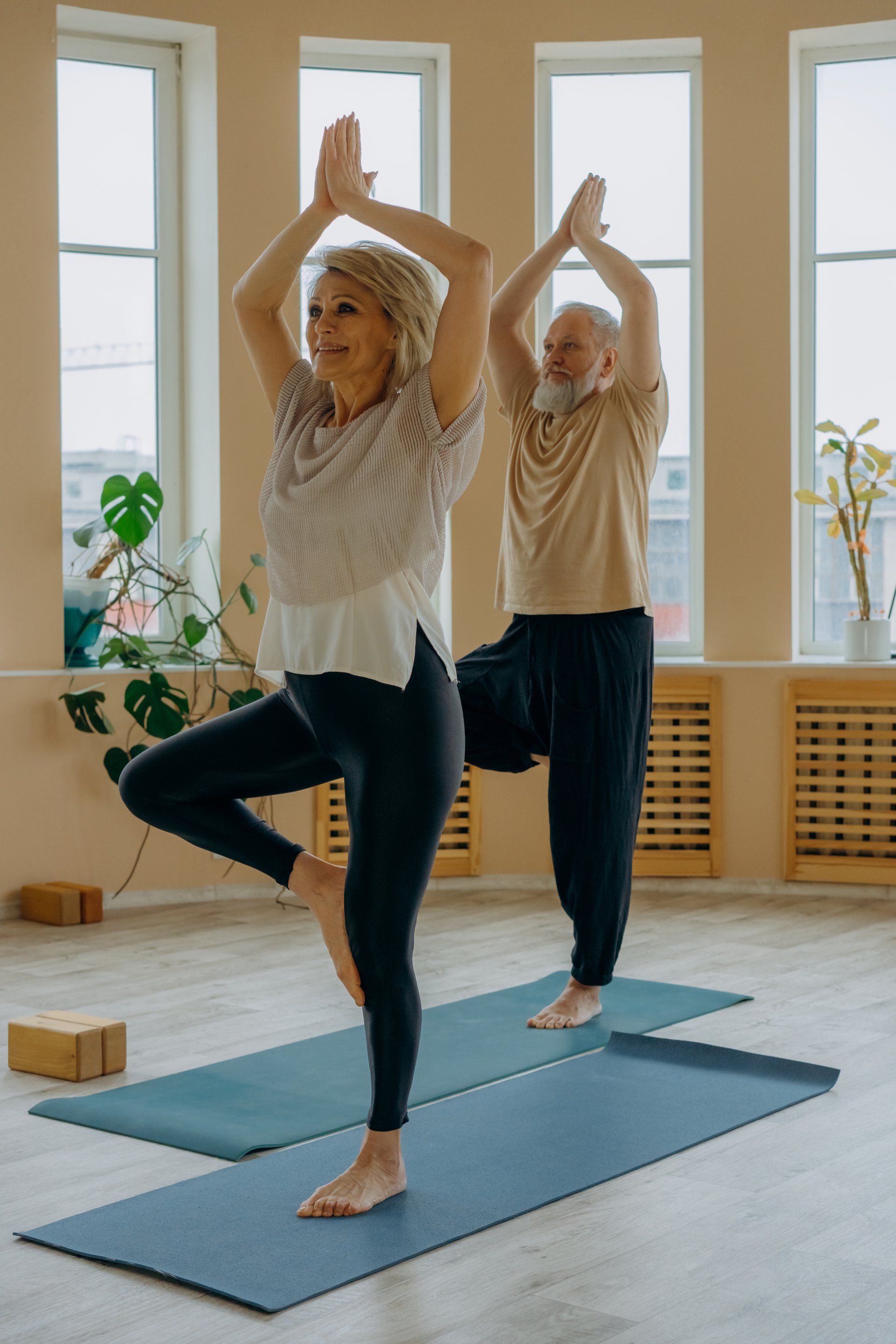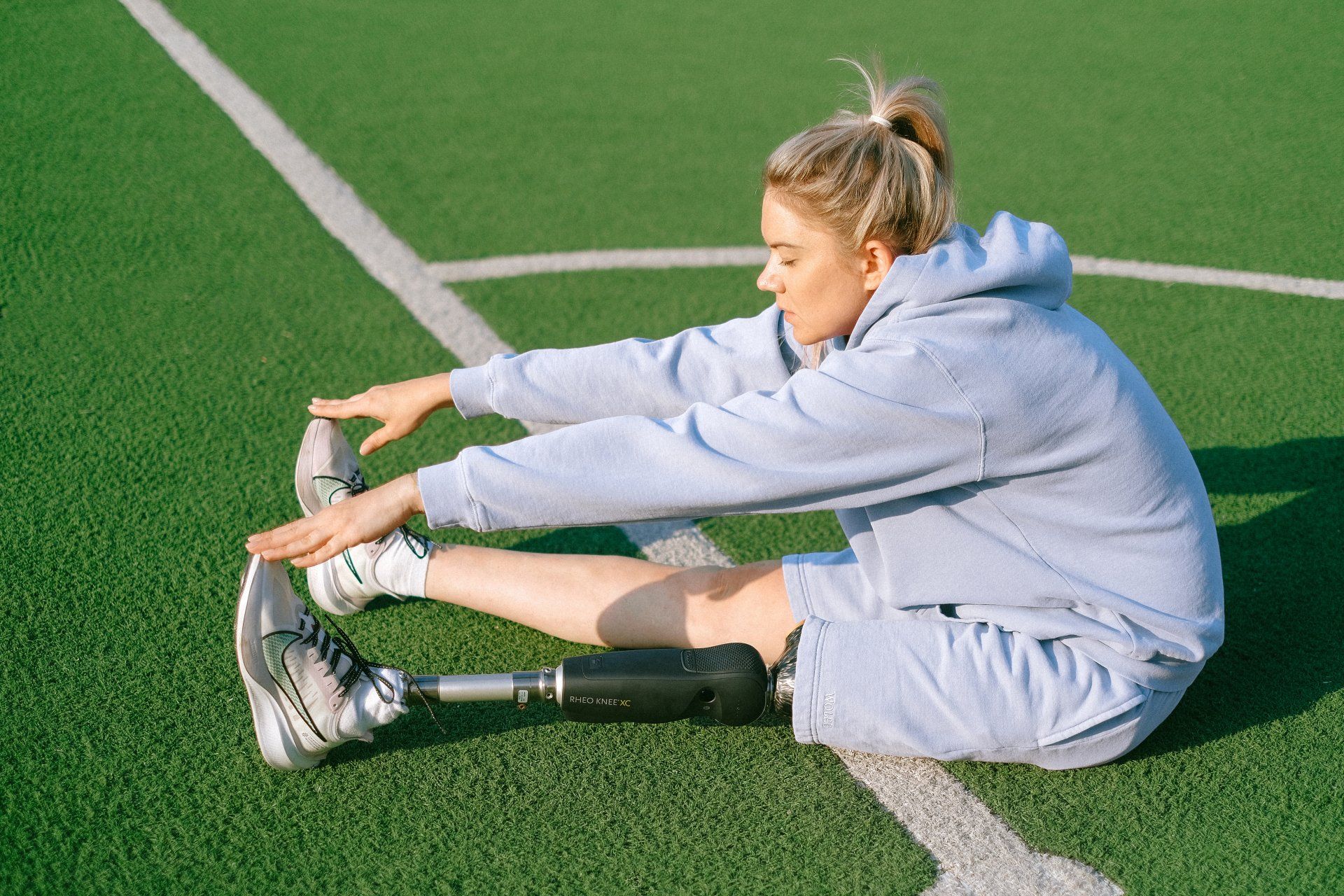Why Over 40's Need Yin Yoga
The hard and stiff will be broken; The soft and supple will prevail.
Tao Te Ching vs 76
I’ve been practicing yoga for over 20 years and yin yoga for the past 10. I’ve not always practiced consistently – throughout that time have been periods when I’ve done very little. So I know that I feel and move better when I am doing yoga consistently, especially now that I’m in my mid-50s. And I firmly believe that yin yoga is the real key to remaining mobile, moving well, and being able to ease those niggly aches and pains as you age.
We start life floppy.
If we look at the arc of aging, which everyone (hopefully) follows – albeit, at faster or slower rates – we begin life as a floppy baby with huge amounts of mobility but no stability. Newborn babies have to be handled carefully because they have no internal stability – this is yang-like. Then we start to get stronger and stiffen, becoming more yin-like. We gain stability as we age. When we are young, we don’t need to work on gaining more mobility, we most likely have all we need, but we do need to work on building our muscles and gaining strength. This is the yang time of life, so we need yang forms of exercise – running, jumping, playing sports, etc. Somewhere around our mid-20s to mid-30s, we reach the optimal balance between yin and yang, between mobility and stability. But the arc of aging continues, and we start to move into our yin phase, continuing to stiffen and lose mobility. Eventually, we end up completely rigid, as rigor mortis sets into our dead bodies. As we get older, and more yin-like we need a yin form of exercise to keep us mobile until that day.
“We are born soft and supple;
Dead, we are stiff and hard.”
Tao Te Ching 76
Yin and Yang….Balance
Most styles of yoga, and exercise in general, in the Western World are heavily focused on exercising the muscles of the body. This is needed to remain strong and stable, and to maintain healthy bone density and heart health. But by only exercising the muscles we are missing important tissues of the body that only increase in importance as we age – the fascial networks all over the body. These networks incorporate the ligaments, tendons, superficial and deep fascial networks, joints, and even our bones. It’s not our muscles that hold us together, it’s our fascial networks (aka our connective tissue).
Strengthening our muscles shortens them, which is great when we’re young and unstable, but not so great as we age and become stiffer anyway. I want to be clear here. I am not suggesting that exercising the muscles is bad – not at all. It is most important that we regularly stress the muscles in the body to keep them strong.
However, if you run, cycle, walk, garden, go to the gym, or participate in regular daily activity, you are working your muscles (that’s good), but doing very little for your joints. And as we age it’s typically not our muscles that start to let us down but our joints and fascia. They begin to degenerate and that is where the practice of yin yoga provides us over 40 somethings with a beautiful complement to our muscle focused forms of exercise.
Yin yoga allows us to safely and gently target the deep, less stretchy tissues of the body, and by doing so we can maintain or improve elasticity in our bodies, support our joints, and stay flexible and mobile – hopefully well into old age.
In our yin yoga practice, we place ourselves in various shapes to focus on specific areas of our bodies. We relax the muscles – this is important. Fascia wraps around and travels through muscles. It is fascia that gives our muscles shape and form – without fascia our muscles would be blobs of shapeless jelly. It is the relaxing of the muscles that allow us to “stretch” or “stress” our fascia. Here’s something for you to try by way of an example:
Make a claw with your hand and stiffen it up like tiger claws. Now try and move your index finger. Won’t move right? No stretch.
Now shake out your hand, relax it. Place the tip of your index finger against the index finger of the opposite hand (keep it relaxed) and move the finger back. Feel the stretch? Good right?
The yang tissues of the body, i.e. the muscles, blood, skin, and heart need yang forms of exercise, like running, pumping weights, cycling, walking … anything that’s rhythmical and repetitive. The heart beats with a steady rhythm. Running has a steady rhythm – getting the idea?
Yin tissues, i.e. the ligaments, tendons, and joints of the body, do better when stressed in a yin way. These tissues wrap, support, join, attach, and divide. They are often strong and hard to break, plastic and inflexible. They do not do well with yang forms of exercise. It is the yin tissues that dry out and harden as we age, and we need to apply yin forms of “stress” to these tissues to keep them healthy, juicy, sliding, and mobile. That stress is moderate, steady traction over several minutes. There should be nothing rhythmical or repetitive about a “yin stress”. That would be like bending a credit card in half, backwards and forwards several times – eventually, it will break down.
So this is why muscles need to stay relaxed during our yin practice. To get into the tissues that are getting harder, drier, and less pliable every day we don’t do something to help ease that.
The Theory of Exercise
All forms of exercise share two features:
- First, we stress the tissues.
- Then, we must let the tissues rest.
What we always need in anything is balance. Stress is generally considered negative in our culture, but that’s because we forget the “rest” part of the theory. But to have little or no stress in our lives is as damaging as having too much stress. We need to stress the body and we need to rest it. There is a yin/yang balance here that leads to health. Too much of anything is not healthy.
On a personal note
I’m in Guernsey, Channel Islands, visiting my parents as I write this. They’re both in their 80s now and it’s been almost three years since I was able to visit last. I notice some changes in Mum and Dad, but on the whole, they’re in great shape – for their age.
Neither Mum nor Dad is walking as much as they used to. They loved to walk and there are some beautiful places for it in Guernsey – beaches, cliff paths, and everything in between. Mum had a bit of a health problem recently that made walking challenging for her, but she appeared to be recovered , so I asked her why she’s not walking more.
“It’s my back” she responded, “but I think I do well for my age”. And it’s true, she is doing well. But what does that mean?
I watch her move, and I see the smaller steps with the heels dragging, less swing from the hips, less flexion at the ankle, a deeper curve in the lumbar area, and the beginnings of a stoop, a rounding of the shoulders. All typical signs of aging in the human body – we often see this in older people. The fascia, which is everywhere in the body, is becoming less pliable, less juicy, restricting movement, and creating unwanted tension. How can we slow or stop that gradual seizing up? Two words….Yin yoga (or “keep moving”)
Use it or lose it. It’s that simple.
I firmly believe that the gentle traction yin yoga gives to the tissues we mostly ignore can only benefit us. Yin yoga is a moderate practice. We don’t sweat, push or strive for anything– we just make the shape, as best we can for our physical body type, and then watch and wait. It’s not sexy, flashy, or ego-driven, but it works. And then there are the mystical energetic benefits of the practice – but that’s for another blog, another time.
Thank you for reading 🙏.
Tracey Drake,
December 2021
“Short on time” bullet points:
- Our fascial networks (connective tissues, i.e. ligaments, tendons, bursa, joints, fascia) dry out and harden as we age.
- Most forms of exercise are muscle focused. Strengthening the muscles shortens them.
- Focusing on just the muscles addresses only a fraction of the tissues that keep us moving.
- It’s not our muscles that cause us problems as we age, it’s our joints.
- Muscles don’t hold us together, our fascial networks do.
- Yin yoga is a moderate practice that allows us to safely “work” the fascial networks.
- Everyone can do and benefit from applying yin styles of stretching to yin tissues.
- Yin yoga will help keep you supple and moving.
- Yin yoga is a beautiful, gentle, complementary practice to regular forms of exercise.
- Yin yoga Rocks!
If you would like to know more about the classes I offer please click here. If you would like to chat you can reach me at traceydrakeyoga@gmail.com
Follow me on Facebook and Instagram.
